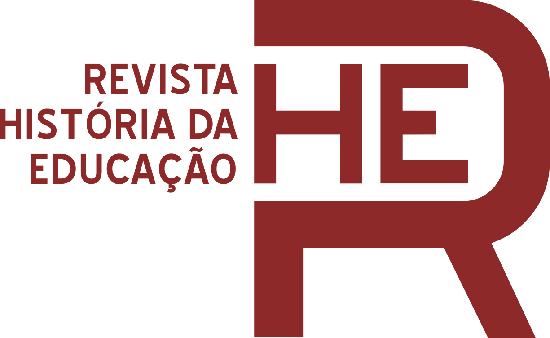Abstract:
The objective of this investigation is to identify the reasons that motivated the introduction of contents of Differential and Integral Calculus (DIC) in the curriculum of secondary education, in 1890, by the Benjamin Constant Botelho Magalhães Reform, as well as the exclusion of this knowledge from the curriculum in 1899. The accomplishment of the research implied the mobilization of the following documental corpus: decrees of the Brazilian legislation of the 19th century; newspapers; original books of CDI; reports; DIC teaching programs; manuscripts by Magalhães. Documentary analysis was the methodology used in the research and the theoretical framework used was taken from authors of Cultural History. We conclude that Benjamin Constant's proposal was the first attempt to introduce the DIC in secondary education in Brazil with the aim of modernizing the teaching of mathematics. The Minister of Education intended to follow the hierarchical model of positive science created by Comte and include in the mathematics discipline [1] DIC contents that, in addition to fulfilling a propaedeutic function for admission to higher education.
Keywords:
curriculum reform; math; teaching

 Thumbnail
Thumbnail
 Fonte:
Fonte: